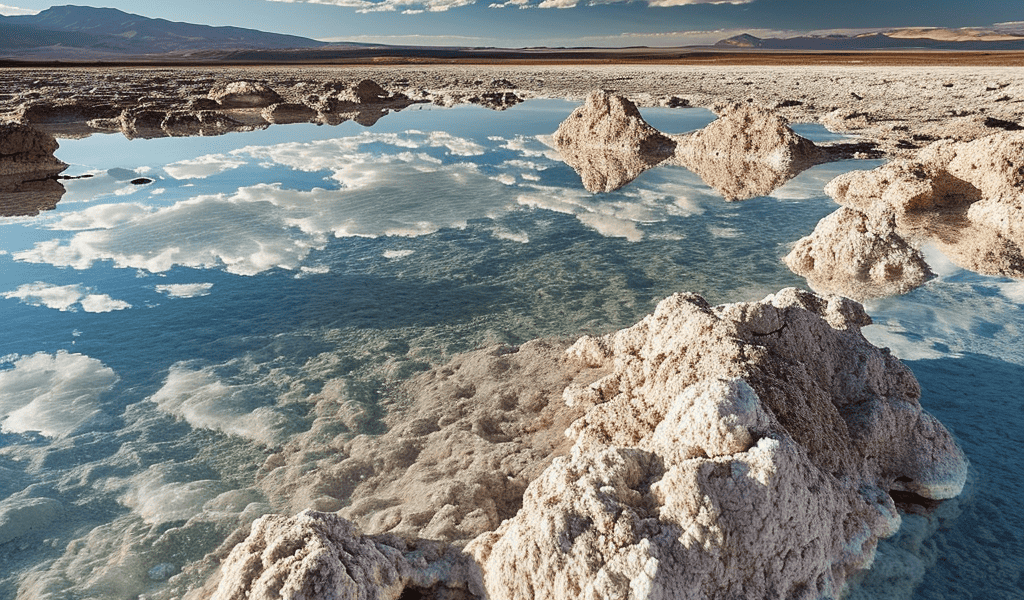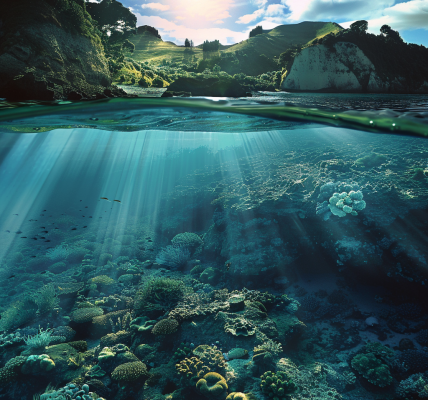Geologists have made a remarkable discovery in the high plateau desert of Argentina, uncovering a unique ecosystem featuring a network of 12 stunning crystal-clear lagoons spread across about 25 acres. This alien environment, located 12,000 feet above sea level in Argentina’s Puna de Atacama, could provide valuable insights into the earliest days of life on Earth.
The microbial communities found in the lagoons may offer clues to how life could have existed on primordial Earth when the planet had almost nonexistent oxygen in the atmosphere. The discovery is particularly significant as it could also shed light on what the early days of life on Mars may have looked like.
The key to this groundbreaking find lies in stromatolites—complex microbial communities primarily formed by cyanobacteria that grow giant mounds of rock as they age. The particular stromatolite community in the newly discovered lagoon network is developing unlike any other in the modern world, thriving amidst the harsh Atacama climate characterized by rare rainfall and unrelenting sun.
University of Colorado geologist, Brian Hynek, expressed astonishment at the discovery, stating, ‘This lagoon could be one of the best modern examples of the earliest signs of life on Earth. It’s unlike anything I’ve ever seen or, really, like anything any scientist has ever seen.’
The journey to this unknown and unexplored environment was an interesting happenstance. After traveling for nine hours on a dirt road to northwest Argentina, Hynek stumbled upon the lagoon network while searching through satellite images of the surrounding desert. Subsequently, he and microbiologist Maria Farias hiked several miles to reach the region, encountering massive stromatolites—mounds of green growth, some up to 15 feet wide and several feet high.
According to Hynek, ‘We think these mounds are actually growing from the microbes, which is what was happening in the oldest ones.’ The layers are formed from gypsum, commonly found in stromatolite fossils but absent in almost all modern examples, and include layers of single-celled organisms associated with the stromatolite growth.





